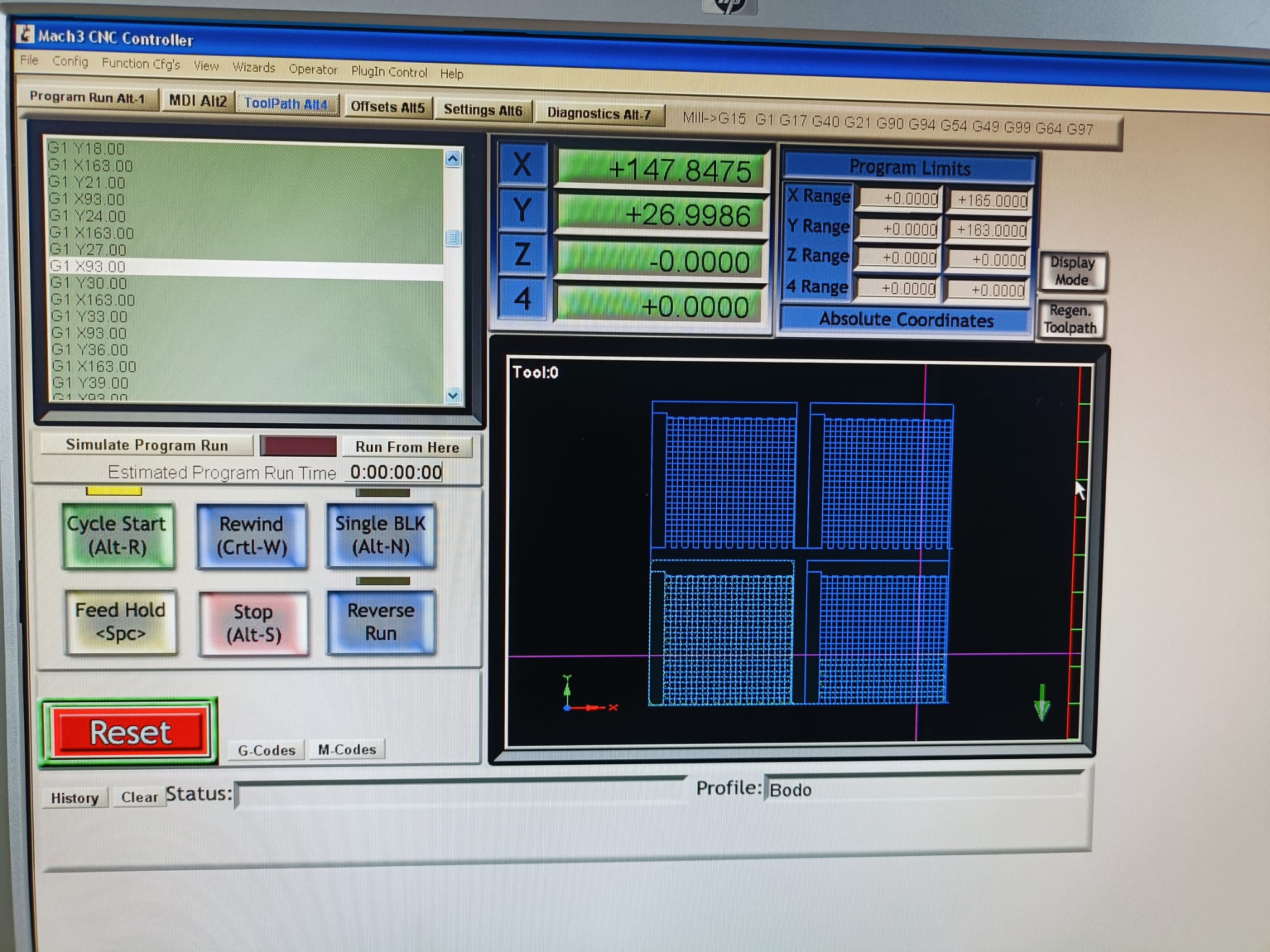Development of novel bespoke microtextured metals to combat biofouling in niche areas on vessels and facilitate greener and cleaner shipping
- Acronym: NOFOUL
- Project duration: May 1, 2024 – May 1, 2025
- Total Budget: 59600 USD
Main Research objectives
This research will develop bespoke antifouling novel laser machined textures on metals for diverse maritime environments and niche vessel areas.
The objectives are to:
- Fine-tune our existing novel non-toxic antifouling textures (Objective 1)
- Demonstrate the antifouling efficacy of the final texture in diverse maritime environments and the synergistic effect texture/plasma (Objective 2)
- Exchange biofouling and antifouling training within the team = knowledge transfer as well as impactful dissemination of project outcomes (Objective 3)
- Establish a professional IAMU Biofouling Network (Objective 4)
Tasks of the project involving CMU team
1.4. Production of Plasma treatment of surfaces
- Untextured stainless steel will be plasma treated and characterised in the lab.
- The outcome will feed into Task 1.3.
- For final testing (Task 1.2) stainless steel samples will be plasma treated based on task 1.3 feedback and forwarded to Tasks 1.1 for texturing.
2.3 Impactful dissemination of project outcomes CMU will coordinate and advise on suitable dissemination tools (e.g. scientific publications, reports, events, press, social media) for maximum impact to the economy and society and to enhance the reputation of IAMU and partner Universities.
Methodology of research, training, dissemination and project management
- Research Team
- Hnatiuc Bogdan (manager)
- Ghiţă Simona
- Hnatiuc Mihaela
- Pomazan Cătălin
- Dragomir Cristina
Observations and conclusions
Observations and conclusions
It is observed that all non-thermal plasma treatments cause a decrease in the roughness values in relation to the untreated control. The lowest values are obtained in the case of treatment with the DBD technology and respectively with the Minitorch. This can be explained by the fact that these treatments determine a better homogeneity of the treated metal surface in relation to the application of GlidArc technology.
The treated surface of sample 5 looks better than that of sample 6, even if the temperature limit was exceeded. This overpassing can be avoided later by increasing the distance of the air gap between an electrode and the surface of the glass, which will limit the electric current values, therefore the temperature of the treated sample.
The XRF analysis emphasizes the increasing of Ni and Cr concentrations at the surface of the samples for 5 of 6 non-thermal plasma treatments. Similar results were previously obtained underlined the improved properties of naval steel samples after non-thermal plasma treatment.
Based on the analyzes and the results available at this moment, we decided the final treatment with the minitorch technology, the power source at 10 kV, 50 mA (sample 2) and respectively with the DBD technology using the source of 8 kV, 30 mA, 25 kHz (sample 6).







